01 Sep The difference between behavioural design and nudging
Nudging is popular like never before. Still there is a lot of confusion as to what the term really implies. Much energy has been spent in the aim to define what it means – herein, how nudging and behavioural design are different from one another.
In /KL.7, we have previously participated in this battle over definitions, seeking to distinguish good from bad in a wave of behavioural experts. But really, we’d much rather spend our energy actually solving problems out in the real world. Unless you are a professional philosopher, very few problems are solved by fighting over insignificant differences in terms – something that the surrounding world is completely indifferent about. The result is merely confusion and a weakened impact for our young discipline (red. behavioural design).
“Nudging” is simply too… simple
We strove to apply the very principles of the discipline in defining our services as behavioural design rather than “nudging” – in the aim to simplify the communication. Behavioural science can be used for much more than simply giving people a small “nudge”. Moreover, nudging is a metaphor that people can interpret individually. We wouldn’t advice our own clients to use such a word.
Behavioural design, however, contains words that people understand and that require no further explanation. Behavioural design means making concrete solutions that creates the right behavior – the same way that furniture design is about designing concrete furniture. It is implicit, of course, that both disciplines require specialized knowledge.
Since we introduced the term in Denmark, in 2011, behavioural design, as a term, has spread as an alternative to nudging. Some ensure that they do both behavioural design and nudging – and apply both terms in titles and communication. Presumably to much distress for themselves as well as confusion to their clients.
Following, you’ll find our, very practical approach to what behavioural design really means:
- Behavioural science
- Design methods
- Data
In other words: We design concrete solutions built on a foundation of knowledge on how humans actually behave, and then we measure, whether these solutions actually create the wanted behaviour. Honestly, it doesn’t have to be more complicated than that.

Mikkel is one of the leading advisors in Denmark in the field of data-driven organizations. With a PhD in IT-design and co-author on the book, Data – Virksomhedens nye grundstof, he is frequently appears as both speaker and advisor for both larger and smaller, public and private organizations. Moreover, Mikkel is employed in the Danish government's expert-group on data ethics.



